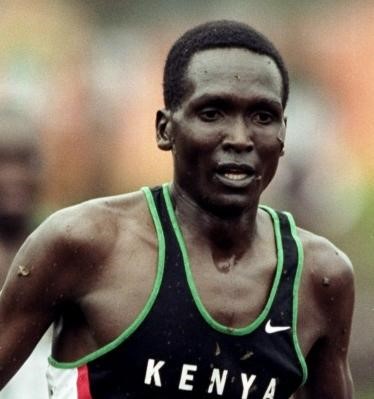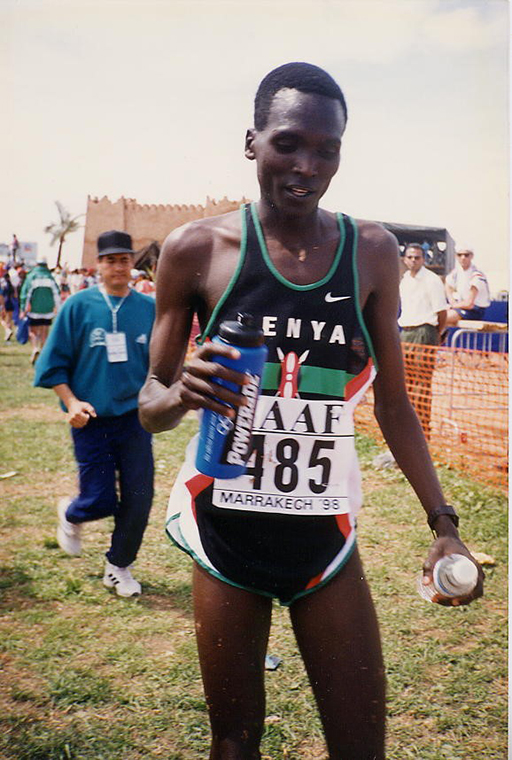Resource 4: Preparing lessons on life stories
![]() Background information / subject knowledge for teacher
Background information / subject knowledge for teacher
- Collect the resources that you will need. This may take some time, but the newspapers, magazines and comics that you collect could be used for many different kinds of language lessons in addition to those on reading and writing life stories. Some pupils may be able to bring newspapers and magazines from home, so ask them to ask their families for permission to do so. Ask your colleagues and friends to contribute newspapers and magazines that they have finished with. In some countries, newspaper and magazine publishers may be prepared to donate copies to your school. Some NGOs also have excellent publications. For example, articles about famous Kenyan athletes or politicians are available from different Kenyan newspapers. Before you begin these lessons you must have enough reading material about a range of well-known people for each group of pupils to work with.
- Copy on to large sheets of paper or cardboard or on to your chalkboard the life story of Paul Tergat (biography below) OR another life story of your choice that is written in fairly simple language.
- Make a list of common features of life stories to discuss with your pupils. These include:
- usually telling the story in a time sequence from early years to later years in the person’s life;
- highlighting the special achievements of the person’s life;
- details of something particularly interesting or amusing about the person’s life.
Now you are ready to begin the lesson!
Guiding pupils while they write life stories
While pupils are working in their groups, move round the room to check that they understand the task and are able to find articles to use. You could write a ‘checklist’ on the chalkboard to guide pupils in their writing. For example:
- name(s) of the person;
- place of birth;
- family details;
- ‘history’ – school days, first achievements, later achievements;
- interesting/sad/amusing things that have happened in the person’s life.
Encourage pupils to think about the order in which to write the information about the person and to use some of their own words. They should not just copy from the articles.
Paul Tergat’s Life Story (Biography)

Paul Kibii Tergat is regarded by many as one of the most astounding long distance runners of the last decade.
World Marathon record holder Paul Tergat was born on 17 June 1969 in Kabarnet, Barango, Kenya. Before becoming an athlete Tergat used to be a basketball player and in 1992 his exceptional career began when he won the Kenyan Cross Country Championships title.
Tergat has since won a record five consecutive World Cross Country titles from 1995 to 1999. On the track, Tergat won two World Championships (1997 and 1999) and two Olympic silver medals (1996 and 2000).
Tergat also won two consecutive editions of the World Half Marathon Championships in 1999 and 2000. In September 2003, he broke the Marathon World record in Berlin.
Paul Tergat is married and has three children. He has been a goodwill ambassador for the World Food Programme of the United Nations. Tergat is also a member of the IAAF Athletes Commission.

Taken from:http://www.paul-tergat.net/biography.htm
Resource 3: Praise poems and stories



